Transportation
Citrus Growers Form ACP Management Areas
Commercial Citrus Growers Form Local ACP Management Areas
By Charmayne Hefley, Associate Editor
Commercial citrus growers are banding together to prevent the spread of the citrus-deadly Huanglongbing (HLB) disease and the pest that spreads it—the Asian Citrus Pysllid (ACP). Beth Grafton-Cardwell, an IPM specialist and research entomologist at UC Riverside and Director of UC ANR Lindcove Research & Extension Center, said growers are forming ACP management areas to prevent ACP from spreading HLB.

Elizabeth E. Grafton-Cardwell
“ACP management areas are being formed by the citrus industry and community,” Grafton-Cardwell said. “They’re basically saying, ‘Let’s get together. Let’s form these groups of growers—25 to 35 growers in an area. Let’s work together as neighbors to treat across a large area and get more of the psyllids killed than if we each treated individually at different times.’”
HLB is a serious concern to growers, according to Grafton-Cardwell; the disease has already devastated the citrus industry in Florida. “We want to prevent that from happening here,” shel said.
According to the California Department of Food and Agriculture, ACP notices posted thus far in the first quarter of 2016 include the following areas:
COUNTY CITY
| Fresno County | Fresno |
| Kern County | Bakersfield, Shafter, Wasco |
| Imperial County | Bard, Brawley area, Calipatria, Niland, Winterhaven, Zone 7 |
| Los Angeles County | La Puente, San Gabriel |
| Riverside County | Hemet, Riverside, San Jacinto |
| San Bernardino County | Cadiz |
| San Diego County | De Luz, Escondido, Fallbrook, Ramona, San Diego |
| San Joaquin County | Stockton |
| Santa Barbara County | Areawide, Buellton, Casmalia, Garey, Orcutt, Santa Maria, Sisquoc |
| Santa Clara County | Milpitas, San Jose |
| Stanislaus County | Oakdale |
| Tulare County | Porterville, Strathmore |

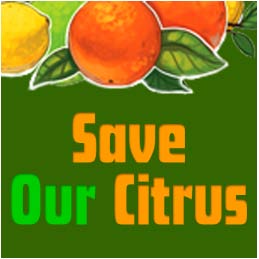
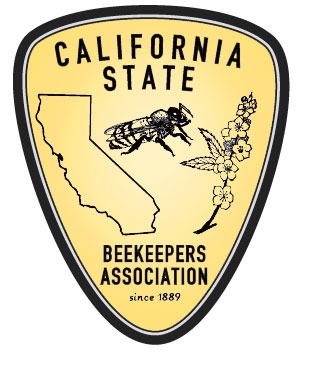






 “So when we formed the National Dairy Producer’s Organization nearly five years ago,” he elaborated, “incorporated in the contract with producers was a long list of recommendations that needed to be implemented. We have not yet been able to implement very many of these and there are good men who are continuing that effort,” he noted.
“So when we formed the National Dairy Producer’s Organization nearly five years ago,” he elaborated, “incorporated in the contract with producers was a long list of recommendations that needed to be implemented. We have not yet been able to implement very many of these and there are good men who are continuing that effort,” he noted.




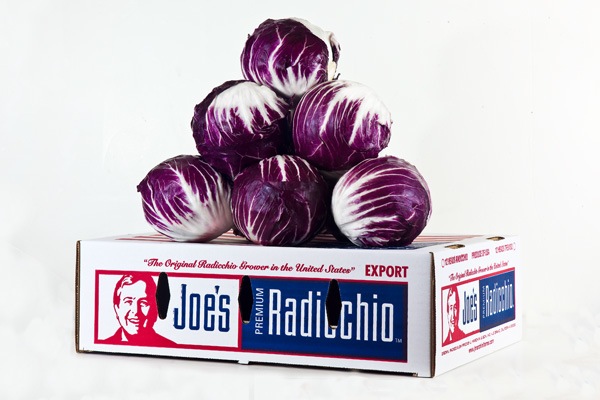



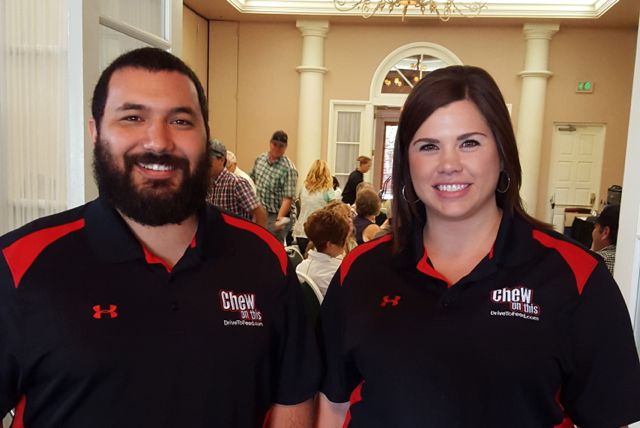

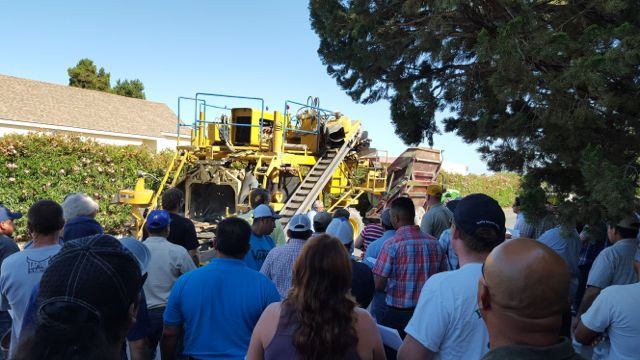
 “It’s no secret, grapes are one of the top crops here is Fresno County. So this raisin and wine grape mechanical harvest safety training is really just to make sure that all of our employers and employees have a safe harvest.”
“It’s no secret, grapes are one of the top crops here is Fresno County. So this raisin and wine grape mechanical harvest safety training is really just to make sure that all of our employers and employees have a safe harvest.”






